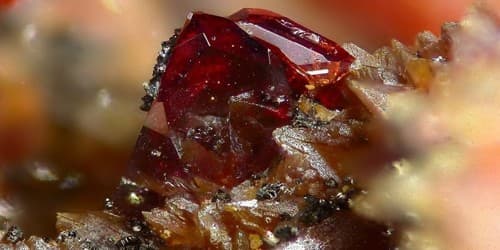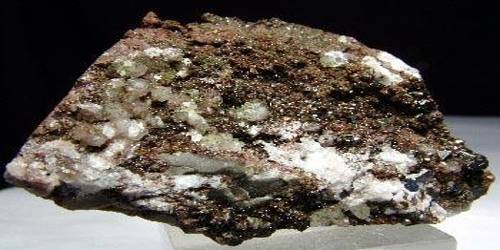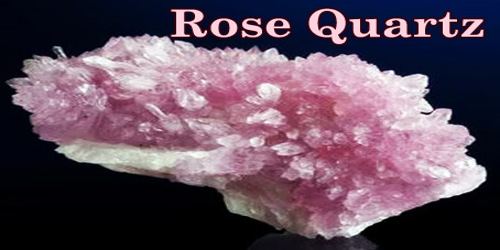Lorándite is a thallium arsenic sulfosalt with the chemical formula: TlAsS2. Though rare, it is the most common thallium-bearing mineral. It is cochineal- to carmine-red or dark lead-gray mineral composed of thallium sulfarsenide, occurring in monoclinic form.
Lorándite was first discovered at the Allchar deposit, near Kavadarci, Macedonia in 1894 and named after Loránd Eötvös, a prominent Hungarian physicist.
General Information
- Category: Sulfosalt mineral
- Formula: TlAsS2
- Crystal system: Monoclinic
- Crystal class: Prismatic (2/m) (same H-M symbol)
- Color: Red to carmine-red, lead-gray.

Properties
The mineral is being used for detection of solar neutrino via a certain nuclear reaction involving thallium. It has a monoclinic crystal structure consisting of spiral chains of AsS3 tetrahedra interconnected by thallium atoms and can be synthesized in the laboratory.
- Crystal habit: Prismatic tabular striated parallel to [001]
- Cleavage: [100] perfect, [001] distinct
- Fracture: Conchoidal
- Mohs scale hardness: 2.0–2.5
- Luster: Sub-metallic – adamantine
- Streak: Cherry-red
- Diaphaneity: Sub transparent
- Specific gravity: 5.53
- Optical properties: Biaxial (+)
Geological occurrence
Lorandite occurs in low-temperature hydrothermal associations and in gold and mercury ore deposits. The tectonic setting of Allchar deposit, Macedonia where lorandite was originally discovered, is an anticline structure originating from sediments of the upper Cretaceous Period. During the mineralization processes, the presence of andesite rocks caused movements of hydrothermal solutions along with the dolomite and andesite contacts enabling the formation of lorandite deposits.
Associated minerals include stibnite, realgar, orpiment, cinnabar, vrbaite, greigite, marcasite, pyrite, tetrahedrite, antimonian sphalerite, arsenic and barite.
Information Source:
















